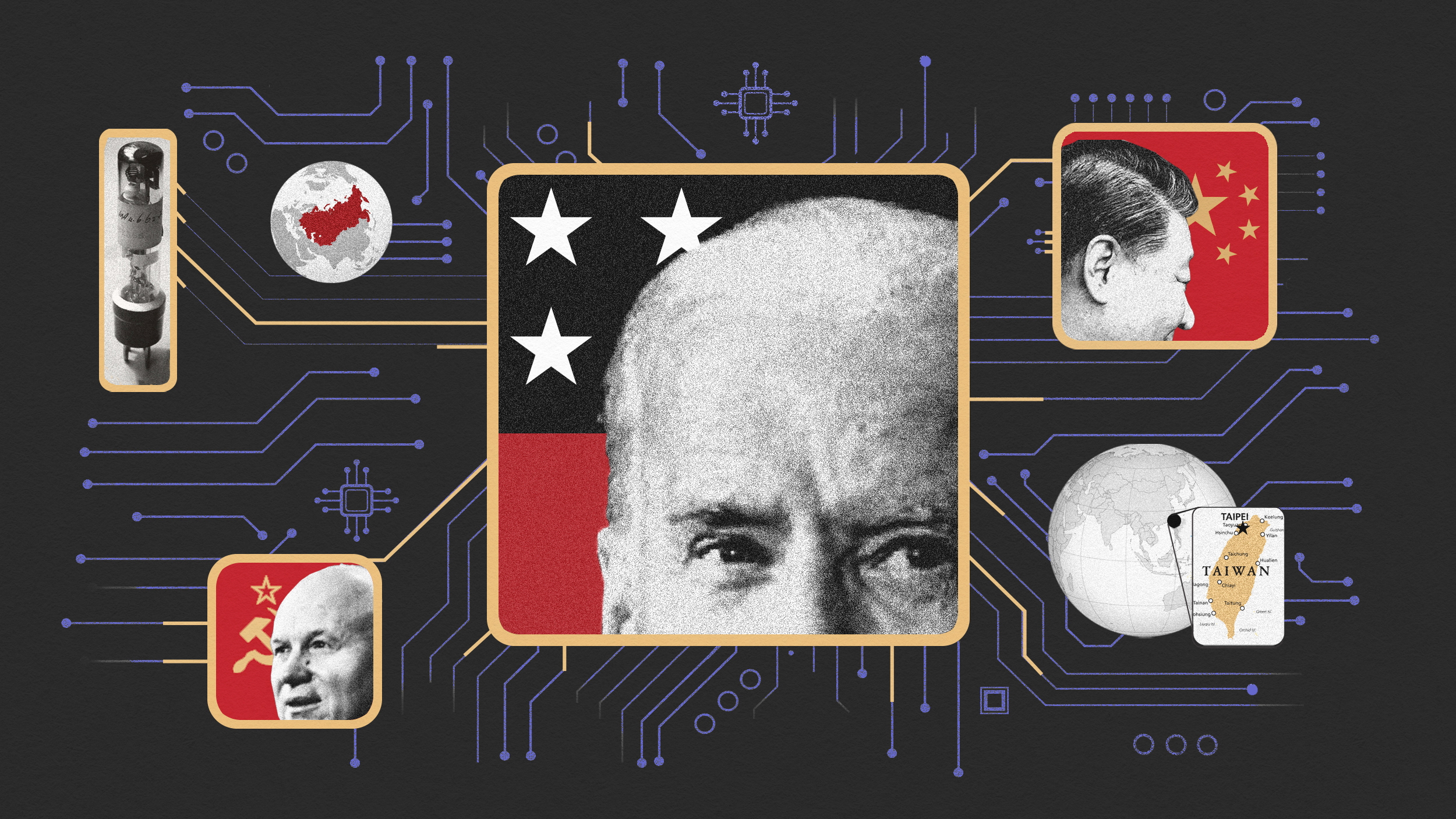India’s Human Time Bomb Bodes Well For Economic Success

China ranks first, and India comes in a close second. This is how we have long imagined Asia’s two largest countries in all of their superlative categories. However, in a few areas–population foremost among them–the countries tie.
Both nations are considered among the world’s fastest growing emerging economies; both are BRIC members; both must develop at a rapid pace to bring their populations out of poverty; and both must expand their workforces every year to stave off unemployment. To accomplish this, China has 1.3 billion people and India 1.1 billion.
Their race for economic dominance–highlighted by investments in natural resources in Africa; competition for outsourcing projects; and efforts to establish regional defense superiority–hinges on how the countries wield their burgeoning populations.
As economies of the two Asian giants mature in the coming decades, human capital will be a significant driver of labor productivity growth led economic success. The current challenge for both nations is clear: turn the increasing productivity of working-age populations into an economic advantage.
The Federal Reserve Bank of New York notes that from 1995 to 2005, China’s labor productivity grew at approximately 6.4 percent per year, compared to 4.4 percent per year for India. Such numbers are impressive, especially given that for the same time period the developed economies of the U.S. and Eurozone grew at only 2 and 1 percent respectively.
But which country’s population will ultimately help accelerate economic growth? India has the edge.
The Times reports that China’s working-age population will peak in 2015, followed by a significant decline of over 23 percent by 2050. India on the other hand will not see such a peak until 2040. China’s onerous one-child policy, still in effect, has immense social benefits but a disastrous potential to create a labor shortage. In spite of China’s impressive growth in labor productivity, it is likely that India’s larger working age population will make it a more globally competitive economy.
Goldman Sachs’ paper “How Solid are the BRICs?” suggests India’s GDP per capita growth could rise to 8.9 percent by 2030, compared to China’s 6.5 percent and Brazil’s 5.2 percent. The statistics are mere projections, but provide a important benchmark to understand the impact of labor productivity growth on economic development.
As China ages, India will be able to harness its larger supply of working-age population, and that is where India may find its title as Asia’s ruling economy.





